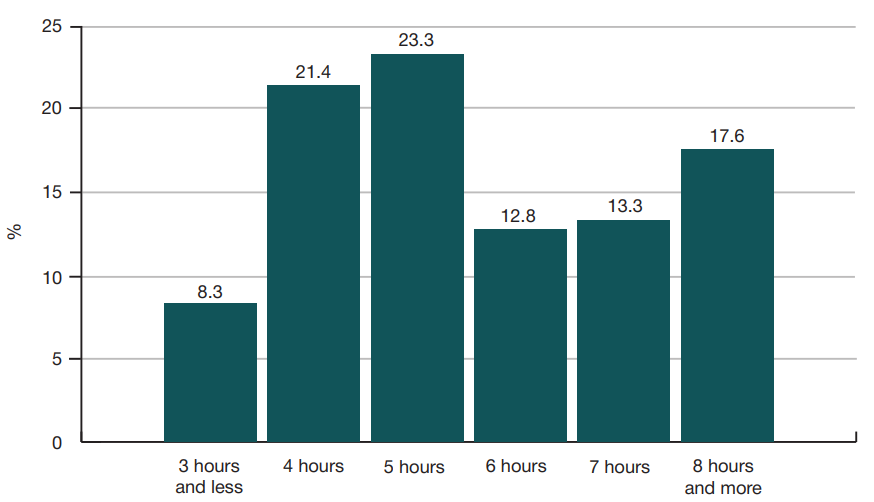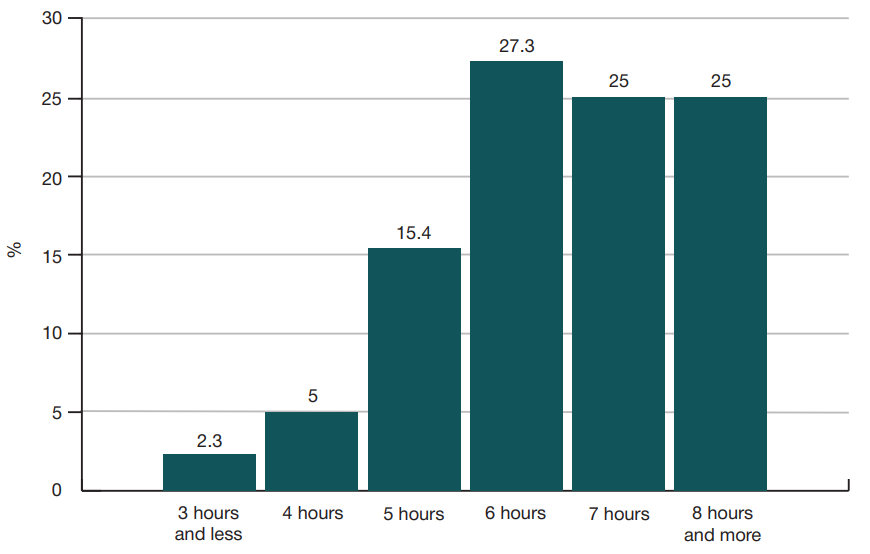
This article is an open access article distributed under the terms and conditions of the Creative Commons Attribution license (CC BY).
ORIGINAL RESEARCH
The impact of electronic devices on the physical growth and development of modern youth and recommendations on their safe use
1 Pirogov Russian National Research Medical University, Moscow, Russia
2 Burdenko Voronezh State Medical University, Voronezh, Russia
Correspondence should be addressed: Ekaterina P. Melikhova
Studencheskaya 10, Voronezh, 394036; ur.liam@9012.aniretak
Author contribution: Milushkina OYu and Skoblina NA supervised the study, processed the collected data and wrote the manuscript; Markelova SV, Libina II and Popov MV collected and processed the data; Tatarinchik AA analyzed the literature, collected and processed the data; Melikhova EP collected and processed the data and edited the manuscript.





